How to Handle Wildlife Encounters While Fishing
When venturing out for a day of fishing, it’s easy to focus solely on the catch. However, the natural environments where we fish are home to diverse wildlife that we may encounter during our outings. Whether you’re fishing in freshwater lakes, flowing rivers, or coastal areas, knowing how to safely and respectfully interact with wildlife can enhance your fishing experience while protecting both yourself and the animals. This comprehensive guide will equip you with the knowledge and strategies to handle various wildlife encounters while enjoying your fishing adventures.
Understanding Your Fishing Environment’s Ecosystem
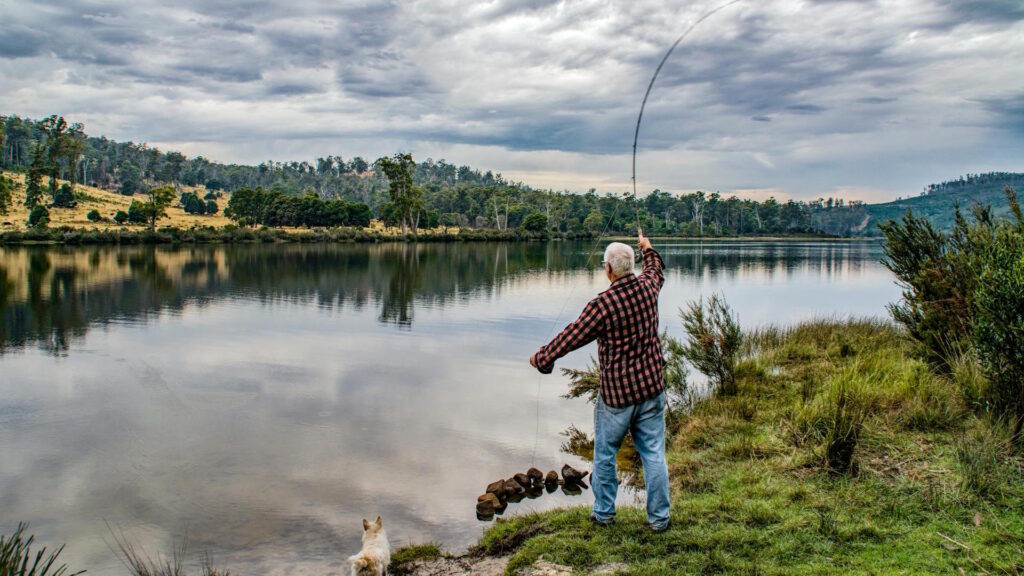
Before casting your line, take time to understand the ecosystem of your chosen fishing spot. Each body of water hosts its unique community of plants and animals that have adapted to specific conditions. Rivers might be home to beavers and otters, while coastal areas could host seals or various seabirds. Learning about the local wildlife not only enriches your fishing experience but also helps you anticipate potential encounters. Consider researching online or picking up field guides specific to your region’s wildlife. Many fishing apps and websites now include information about local ecosystems, making this preparation easier than ever before.
Preparing for Potential Wildlife Encounters
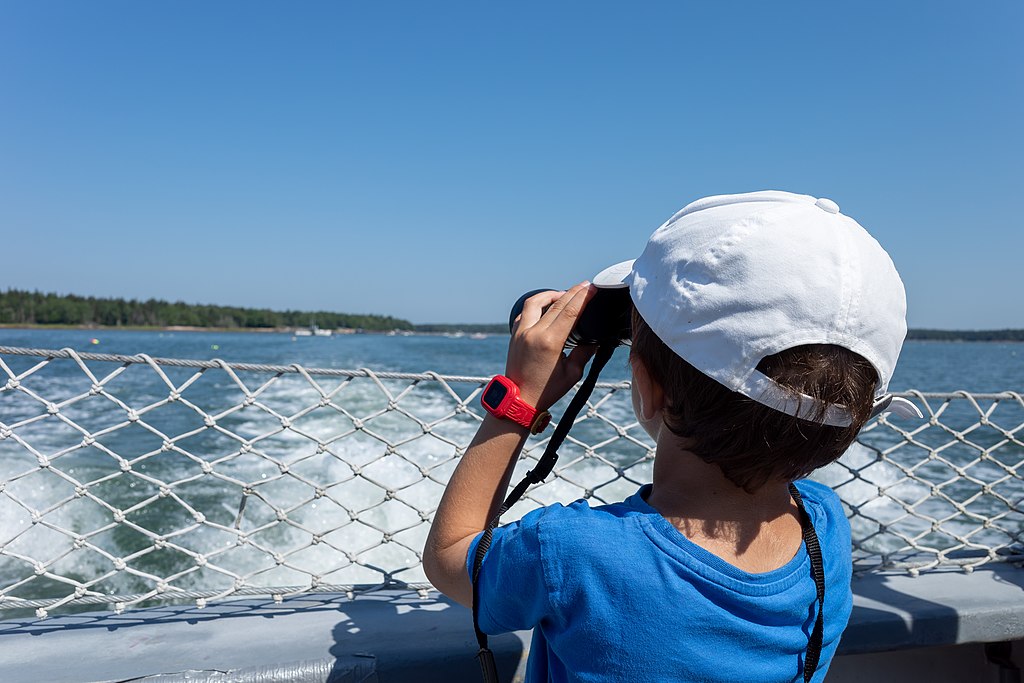
Preparation is key to handling wildlife encounters safely. Pack essentials like binoculars for observing animals from a distance and a small first aid kit for minor injuries. Consider carrying wildlife deterrents appropriate for your area, such as bear spray in regions with large predators. A waterproof camera can capture memorable wildlife moments without disturbing animals. Research any wildlife warnings or advisories for your fishing destination before heading out. Many parks and wildlife management areas post updates about recent animal activity or areas to avoid, which can be valuable information for your trip planning.
Bears: Staying Safe in Bear Country
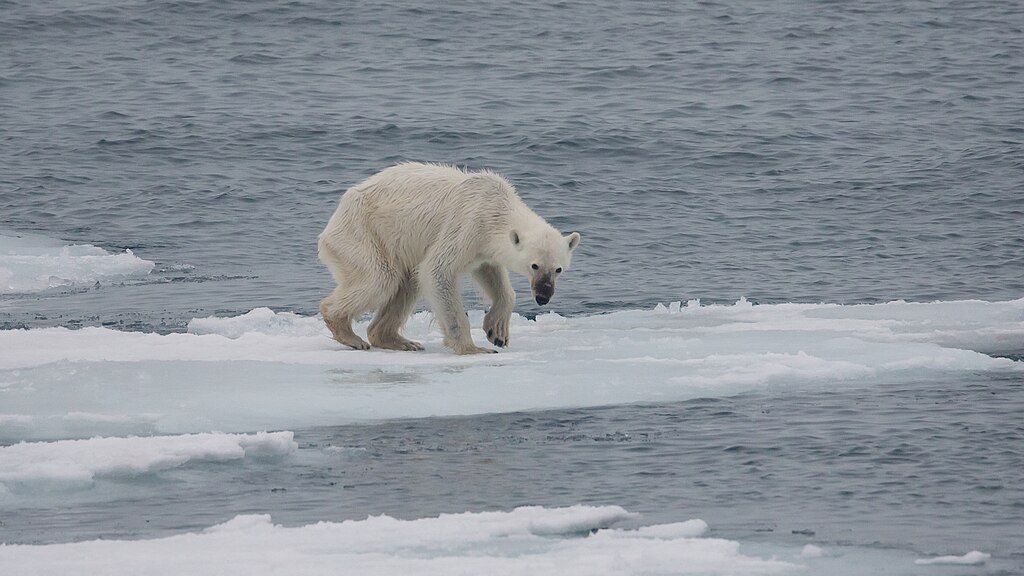
Fishing in bear country requires special awareness and precautions. Bears are attracted to fish and fishing spots, creating potential for encounters, especially in salmon-rich areas. Always maintain a clean fishing area by properly disposing of fish remains away from your fishing spot and camp. Make noise while moving through dense vegetation to avoid surprising bears. If you encounter a bear, remain calm, avoid direct eye contact, speak in a normal voice, and slowly back away. Never run from a bear, as this can trigger a chase response. In areas with high bear activity, consider fishing with companions and carrying bear spray in an easily accessible location.
Alligators and Crocodiles: Fishing in Reptile Territory
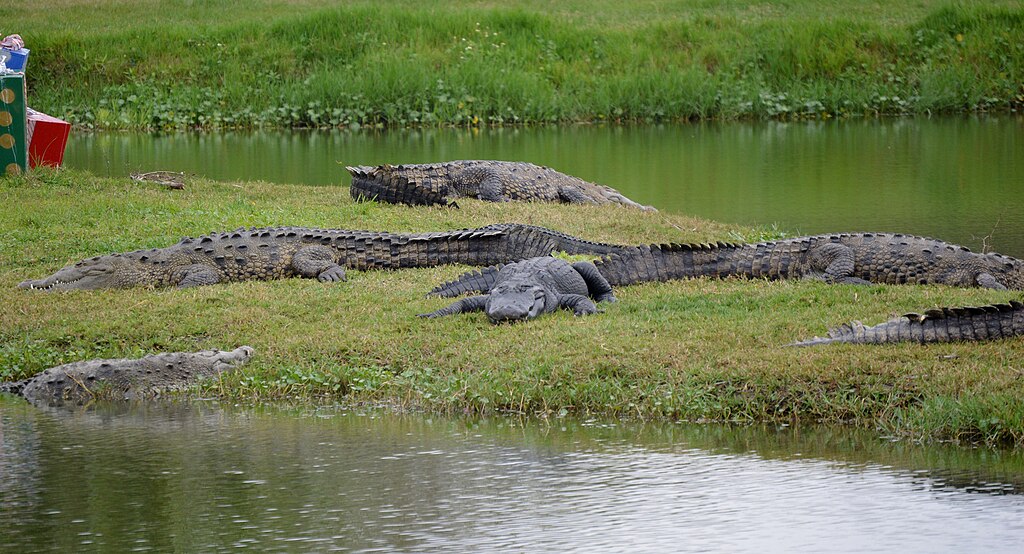
When fishing in southern states or tropical regions, alligators and crocodiles present unique challenges for anglers. These reptiles are ambush predators that may be attracted to splashing fish or bait. Maintain a safe distance from the water’s edge, especially during dawn and dusk when these animals are most active. Never dangle your hands or feet in the water in areas known to have alligators or crocodiles. If you spot one nearby, calmly move away from the water and give it plenty of space. Be particularly cautious during nesting season (spring and early summer) when these reptiles may be more aggressive in defending their territory.
Snakes: Navigating Encounters on Shorelines
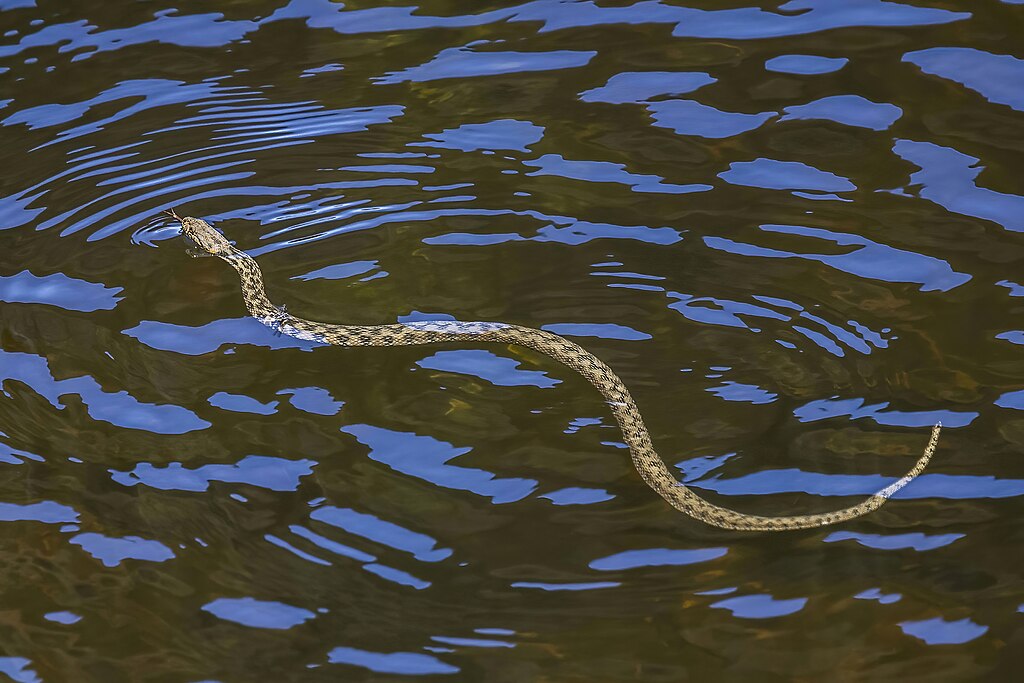
Snakes are common along many fishing shorelines, with water snakes and occasionally venomous species like cottonmouths frequenting these areas. Always watch where you step and place your hands, especially when navigating rocky areas or dense vegetation near water. Wear appropriate footwear like boots that cover your ankles when fishing from shore. If you encounter a snake, give it space and allow it to move away; most snake bites occur when people try to kill or handle snakes. Learn to identify common snakes in your fishing area, particularly venomous species. In case of a snake bite, keep the victim calm, remove constrictive items like rings, note the snake’s appearance if possible, and seek immediate medical attention.
Water Birds: Respecting Feathered Fishing Competitors
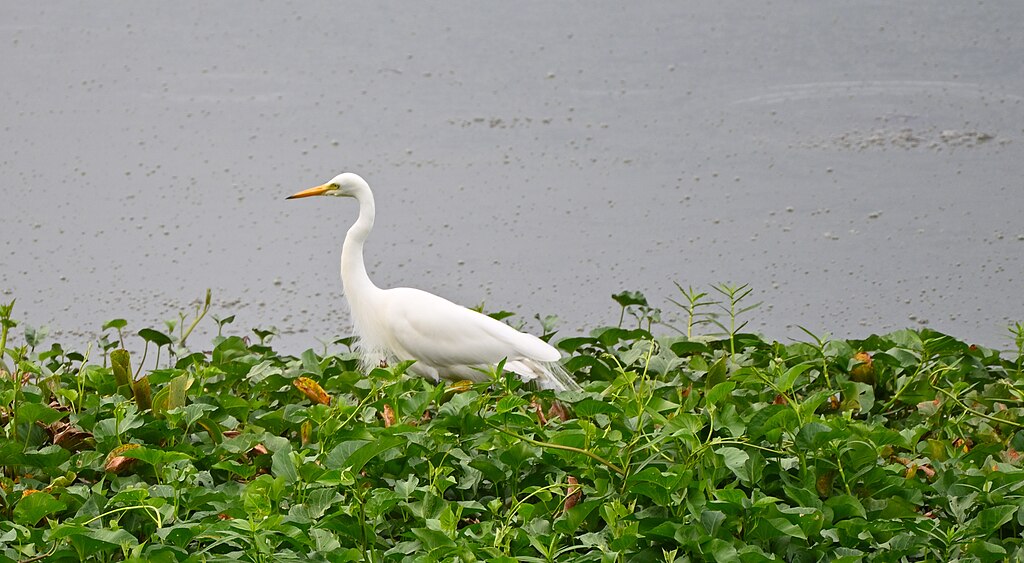
Herons, egrets, ospreys, and other fishing birds often share our favorite angling spots. These birds are usually more annoyed by our presence than we are by theirs, as we may disrupt their feeding patterns. Maintain a respectful distance from feeding or nesting birds, using binoculars to observe their remarkable fishing techniques. Be aware of nesting seasons when birds may be more territorial or sensitive to disturbance. If birds appear agitated by your presence, indicated by alarm calls or displays, consider moving to another fishing spot. Never attempt to feed water birds, as this can create unhealthy dependencies and alter their natural behaviors.
Mammals at the Water’s Edge
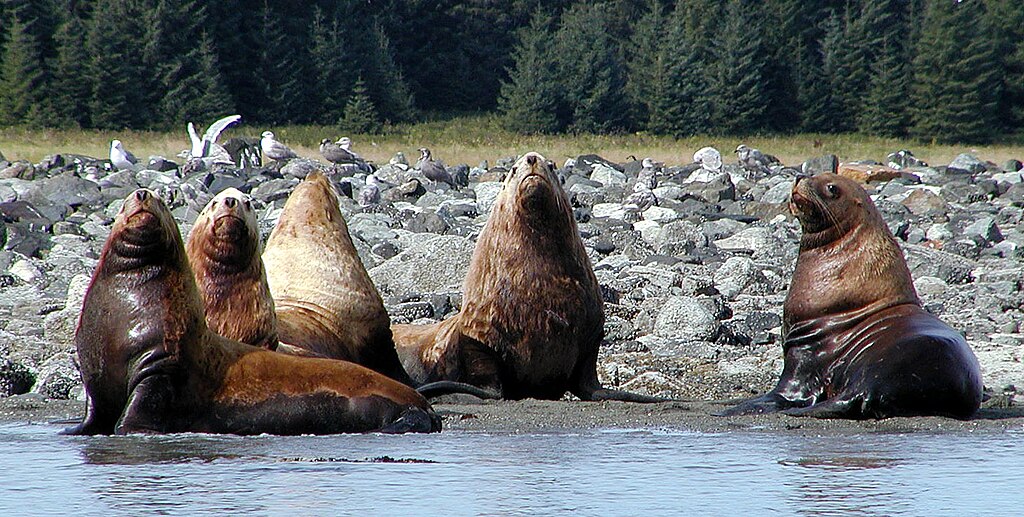
Riverbanks and lakeshores attract various mammals, including beavers, otters, muskrats, and raccoons. These animals generally avoid human contact but may become curious about your activities. Store food securely to prevent opportunistic feeding by raccoons and other scavengers. Respect beaver and otter territories, especially obvious structures like beaver dams or dens. If you encounter mammals while fishing, remain still and quiet to enjoy observing their natural behaviors. Most water mammals will continue their activities if they don’t perceive you as a threat. However, be cautious around species like muskrats, which may carry diseases like tularemia that can affect humans.
Marine Mammals: Coastal Fishing Considerations

Coastal anglers may encounter seals, sea lions, dolphins, or even whales, depending on location. These intelligent marine mammals are protected by federal laws in many countries, requiring specific distances s be maintained. Never attempt to feed marine mammals, as this can lead to dangerous habituation to humans. Be aware that seals and sea lions may be attracted to your catch and can become aggressive if they feel threatened. If dolphins or whales approach while you’re fishing from a boat, cut your engine and allow them to pass. Many marine mammals can become entangled in fishing line, so be particularly diligent about retrieving all tackle and line when fishing in their habitat.
Insects and Arachnids: Small but Significant
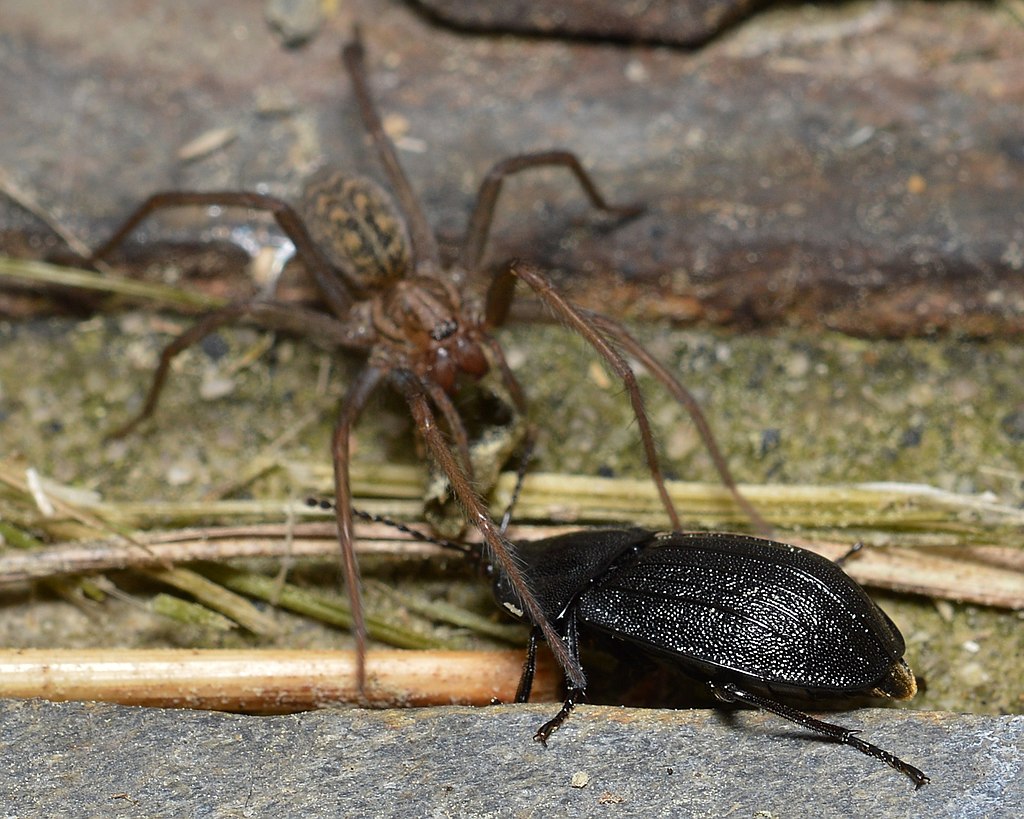
The most common wildlife encounters while fishing often involve the smallest creatures—insects and arachnids. Mosquitoes, ticks, spiders, and bees can turn a pleasant fishing trip uncomfortable or even dangerous. Apply appropriate insect repellent before your trip and reapply as directed. Wear light-colored clothing that makes it easier to spot ticks, and conduct tick checks after fishing in wooded or grassy areas. Learn to identify venomous spiders common to your fishing area, such as black widows or brown recluses, which may hide under rocks or logs. For those with known allergies to bee or wasp stings, always carry appropriate medication and ensure fishing companions know what to do in case of an allergic reaction.
Handling Fish with Wildlife in Mind

How you handle your catch can significantly impact wildlife interactions. Clean fish away from your primary fishing area to avoid attracting scavengers and predators to where you’re actively fishing. Consider using fish cleaning stations when available, as these facilities typically have proper disposal methods for fish remains. If cleaning fish in the wild, dispose of remains according to local regulations—some areas require you to throw remains into deep water, while others ask you to pack them out. Never leave fish remains on shorelines where they can attract predators and create unsafe conditions for other anglers. Additionally, properly handling and releasing fish you don’t keep ensures they don’t become easy prey for opportunistic predators.
Ethical Photography of Wildlife While Fishing
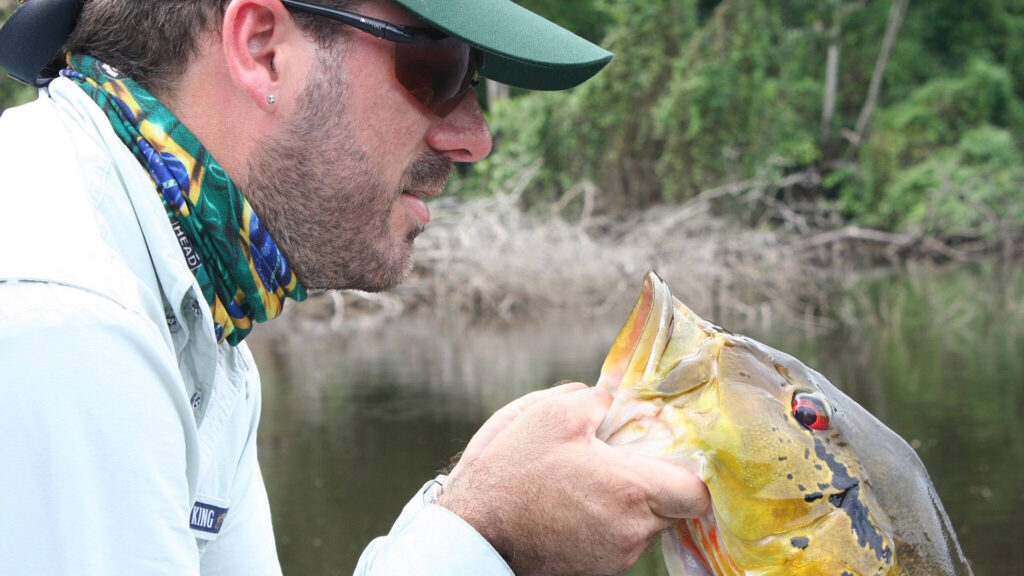
Many anglers enjoy photographing wildlife encountered during fishing trips, but this should be done ethically. Use zoom lenses to maintain a safe distance from animals while still capturing quality images. Never approach wildlife for a “better shot,” as this causes stress and may provoke defensive reactions. Be particularly cautious around nesting birds or animals with young, as disturbances during these sensitive times can have serious consequences. Consider the welfare of the animal over the quality of your photograph; a slightly blurry photo of an undisturbed animal in its natural behavior is more valuable than a perfect shot of a stressed animal. Share your wildlife photos responsibly, avoiding posting specific locations of sensitive species that might be targeted by others.
Teaching Children About Wildlife Safety While Fishing
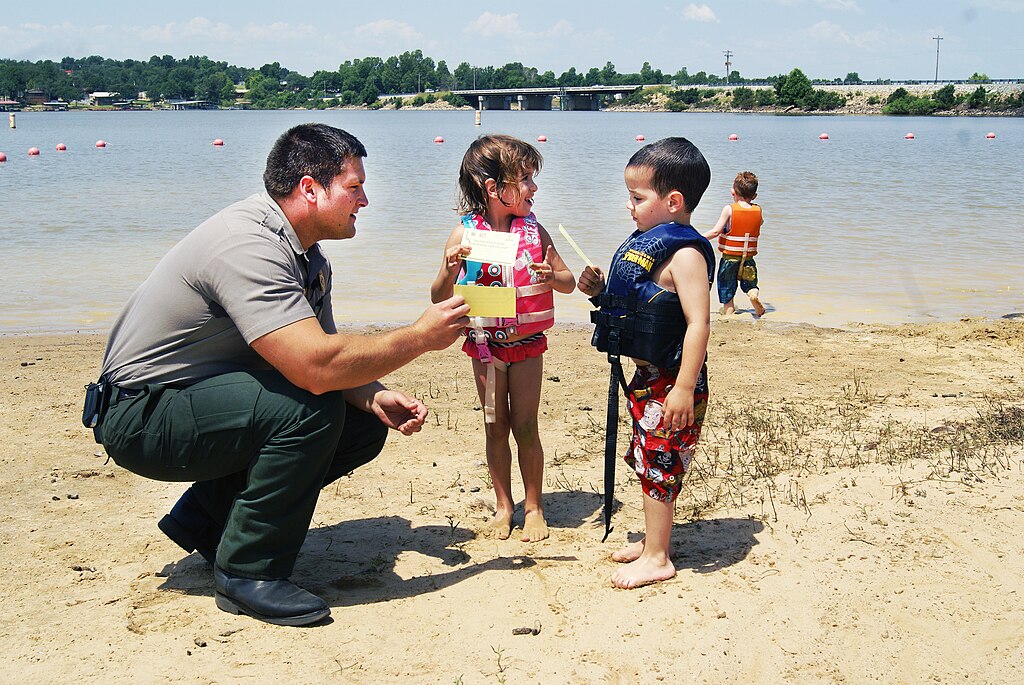
Fishing provides excellent opportunities to teach children about wildlife and conservation ethics. Establish clear rules before your trip about keeping a safe distance from animals and never approaching or feeding wildlife. Use wildlife encounters as educational moments to discuss the animal’s role in the ecosystem and how proper fishing practices help protect their habitat. Teach children to recognize signs of animal stress or aggression, such as raised fur, hissing, or specific postures. Model proper behavior yourself by showing respect and appreciation for all wildlife encountered. These early lessons in wildlife respect while fishing can develop into lifelong conservation values and safer outdoor experiences.
What to Do in Wildlife Emergencies

Despite the best precautions, wildlife emergencies can occur while fishing. Know the emergency contacts for your fishing location, including local wildlife officers, park rangers, or conservation authorities. If you encounter an injured animal, maintain a safe distance and contact wildlife authorities rather than attempting to help yourself. For animal attacks, focus first on reaching safety, then seeking appropriate medical attention even for seemingly minor injuries from wildlife. Document any serious wildlife encounters with photos and notes when safe to do so, as this information helps wildlife managers address potential problem animals or areas. Many wildlife agencies have specific reporting systems for dangerous encounters that help improve public safety guidelines.
Conclusion
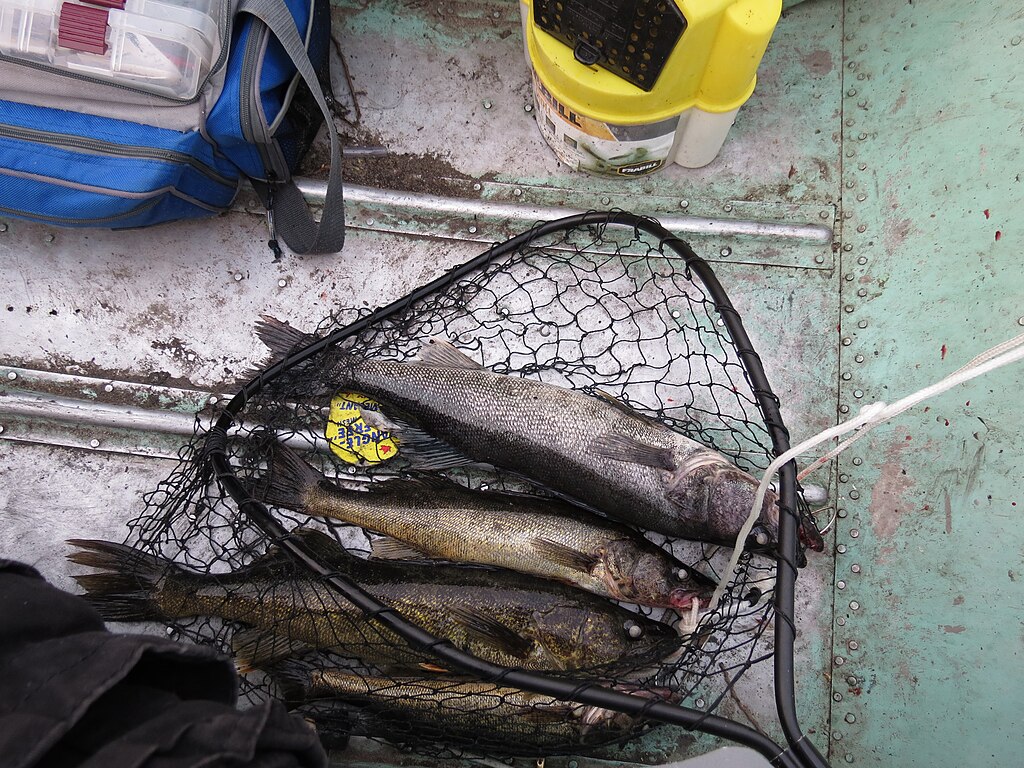
Fishing immerses us in the natural world, bringing us face-to-face with the wildlife that makes these ecosystems so special. By approaching these encounters with knowledge, preparation, and respect, we can enjoy memorable wildlife experiences while keeping ourselves and the animals safe. Remember that as anglers, we are visitors in these creatures’ homes, and our behavior can significantly impact their well-being and natural behaviors. With the right approach, wildlife encounters can become highlights of your fishing adventures rather than concerning incidents. The next time you head to your favorite fishing spot, bring along not just your tackle, but also your wildlife awareness—it will enrich your angling experience immeasurably.

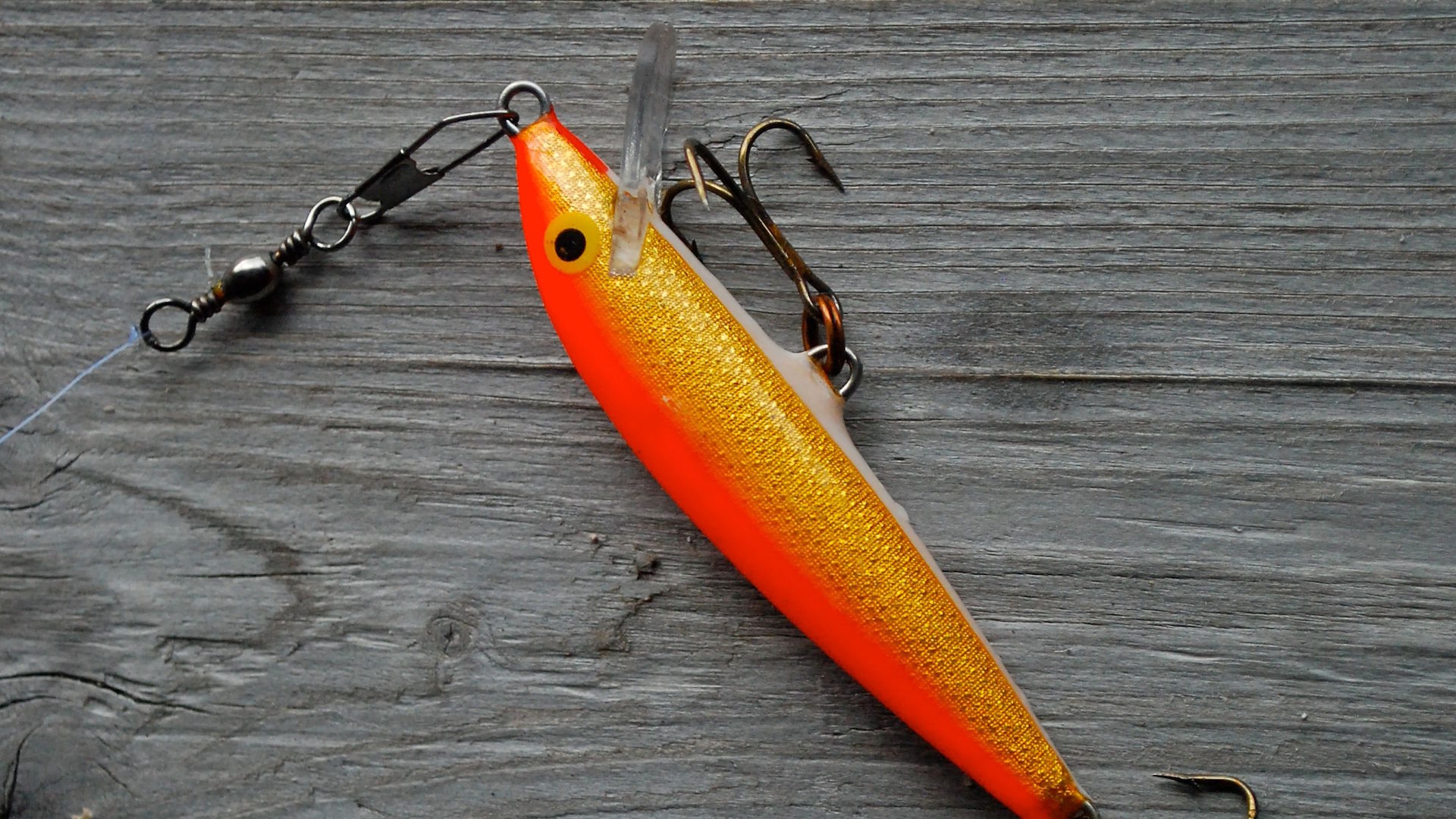












Post Comment